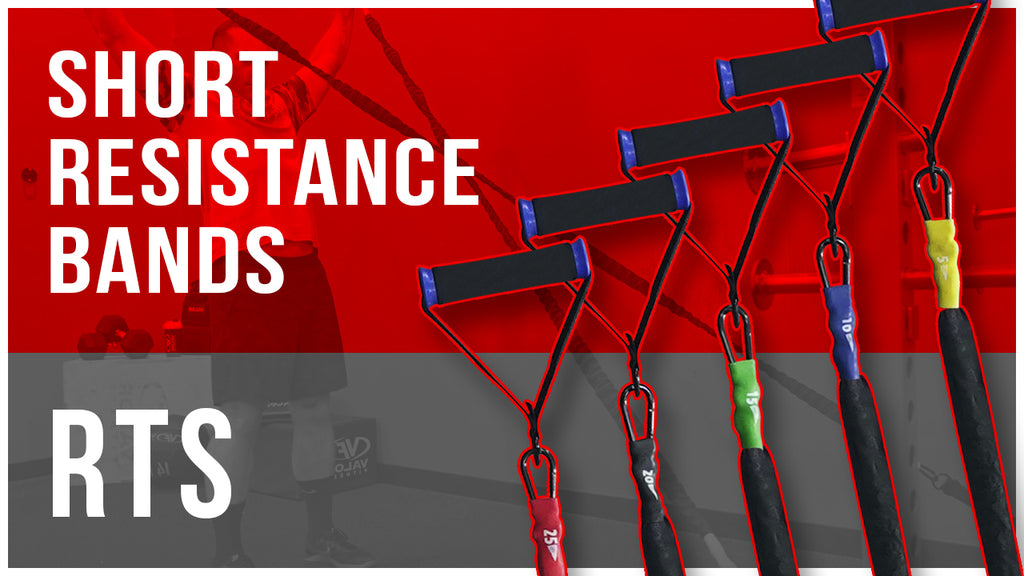
Living with shoulder pain? You're not alone!
Harvard Health suggests that about 70% of all people will experience shoulder pain in their lifetime. Gradual strength training and preventative shoulder pain exercises can greatly reduce shoulder pain over time.
Consider using resistance band shoulder exercises in your journey to pain-free joints.
How can Resistance Bands Help?
Resistance bands offer a versatile and effective way to strengthen the muscles surrounding the shoulders. Resistance band exercises for shoulders can target muscles to:
- improve range of motion
- enhance muscle strength
- promote overall shoulder stability
Bands are great for people recovering from shoulder injuries because they offer various resistance to meet individual needs. Bursitis, tendonitis, rotator cuff tears, dislocation, and sports injuries can all benefit from shoulder exercises with bands.
Valor Fitness resistance bands can improve shoulder mobility and strength and reduce shoulder pain for better overall shoulder health.
Don't let shoulder pain hold you back. Take charge of your recovery with these versatile tools.
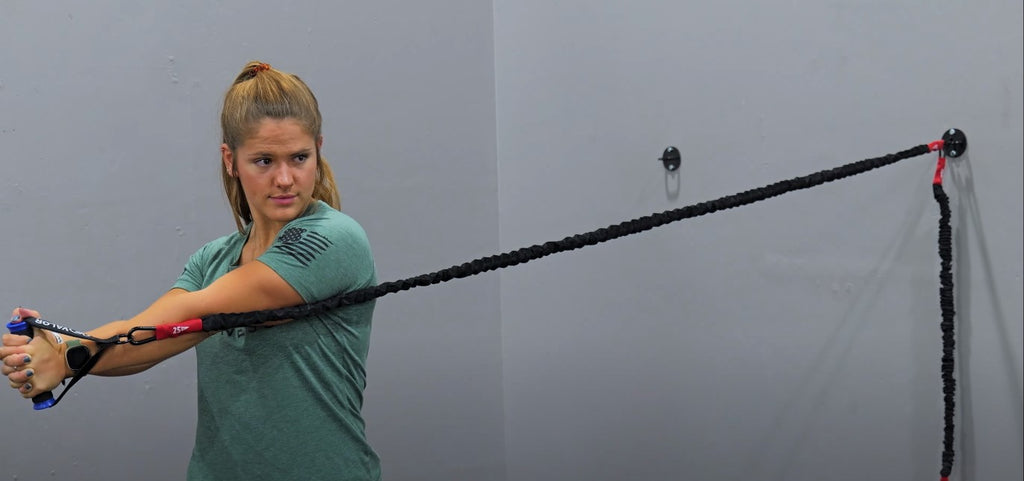
Top 6 Resistance Band Shoulder Exercises
Shoulder pain can be a bother, but with the right resistance band exercises, relief is within reach. Using resistance bands in your shoulder rehab routine can help strengthen and stabilize the muscles surrounding the shoulder joint.
Check out these shoulder exercises with bands from Valor Fitness:
1. Straight Arm Pulldowns
Hold your bands with arms extended forward. Keep straight arms and extend down and back.
This exercise targets the lats and upper back muscles, helping to improve posture and shoulder stability.
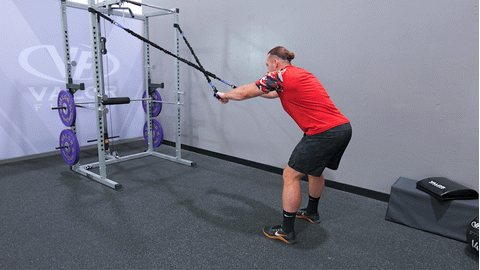
2. Face Pulls
Start with arms straight and extended forward. Remain in an upright body posture, and pull bands up and back towards the face. Elbows should stay at a consistent level throughout.
Face pulls are great for strengthening the rear deltoids and upper back muscles, which are crucial for proper shoulder function and range of motion.
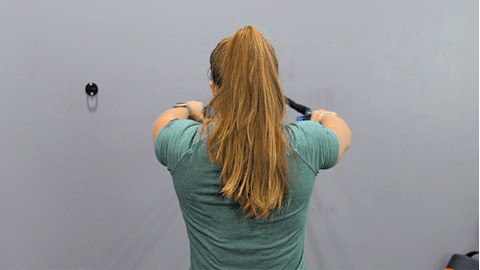
3. Lateral Raises
Grab the resistance bands with arms down by the sides of the body. Pull upward and out to each side with extended arms, and control on the way down.
Lateral raises target the side deltoid muscles, helping to improve shoulder width and strength.

4. Front Raises
Similar to lateral raises, start with arms flat to your sides. Instead of lifting to each side of the body, lift upward and forward in front of your face.
Front raises work the front deltoid muscles, aiding in overall shoulder strength and stability.
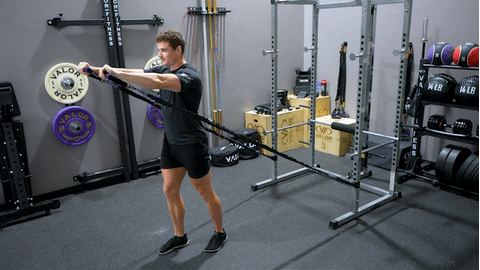
5. Single Arm Row
Lean forward with an engaged core. With one arm at a time, pull backwards from a front extended position. Keep the elbow tucked close to your body and rotate your hand inward as you pull backwards with the band.
Performing this shoulder exercise with bands targets the back muscles while also engaging the shoulders for stability.

6. Triceps Extensions
Begin this extension by holding the bands above and behind the head. Extend the arms forward and up to complete the motion.
Strengthening your triceps can help support your shoulders during various movements and activities.

Tips for Proper Form and Safety
Safety should always be the top priority when performing shoulder pain exercises. Proper form is crucial in preventing injuries and ensuring effective rehabilitation.
Here are some tips for performing safe exercises for shoulder pain:
- Safety in Shoulder Rehab: Always consult with a healthcare professional before starting any shoulder rehab program. Follow their guidance and listen to your body during exercises to avoid over-exertion.
- Correct Form in Resistance Band Exercises: When using resistance bands for shoulder rehab, maintain proper posture and alignment. Start with light resistance and gradually increase as your strength improves. Avoid jerky movements and focus on controlled, smooth motions.
- Shoulder Exercise Precautions: Be mindful of any pain or discomfort during exercises. If you experience sharp pain or increased discomfort, stop immediately and seek advice from a medical professional. It is better to be cautious when practicing resistance band shoulder exercises.
By following these tips and techniques, you can ensure a safe and effective shoulder rehab routine that promotes healing as well as strength building. Remember, your health is paramount – prioritize safety in all your exercise endeavors!

Improve Shoulder Functionality with Progressive Rehabilitation
Progressive rehab offers a structured approach to exercising. This kind of workout advances in a step-by-step style by gradually increasing the intensity of exercises. The ultimate goal is to restore function and increase strength while preventing further injury.
Using resistance bands with a progression plan can help greatly with shoulder functionality. Start with a low-resistance band and increase resistance regularly. Over time, increase resistance to promote strength gains and enhanced functionality.
Further challenge yourself by introducing advanced exercises for shoulder pain into your routine. Strategically increasing resistance and intensity, and achieve optimal results in your shoulder rehabilitation journey.
Daily Use of Resistance Bands Offers Long-Term Shoulder Health Benefits
Consistency is key in rehabilitation workouts.
By committing to daily shoulder exercises with bands, you take steps towards strengthening this crucial arm joint. Consider Valor Fitness Short Resistance Bands to gradually improve shoulder stability, flexibility, and strength.
Make it a habit to include the exercises above into your daily routine. Over time, you will experience the lasting benefits of improved shoulder health, reduced pain, and future injury prevention. Your shoulders will thank you for the care and attention you give them each day.
Improve Your Shoulder Rehabilitation Journey with Valor Fitness Resistance Bands Today!

